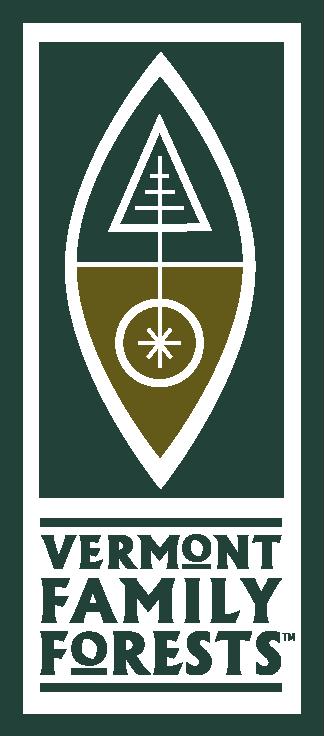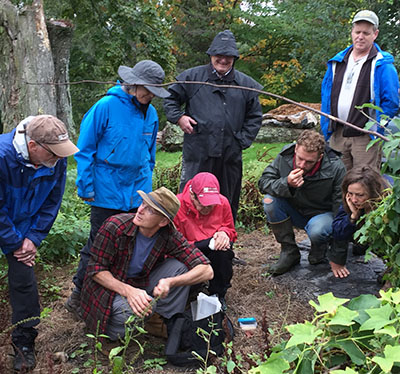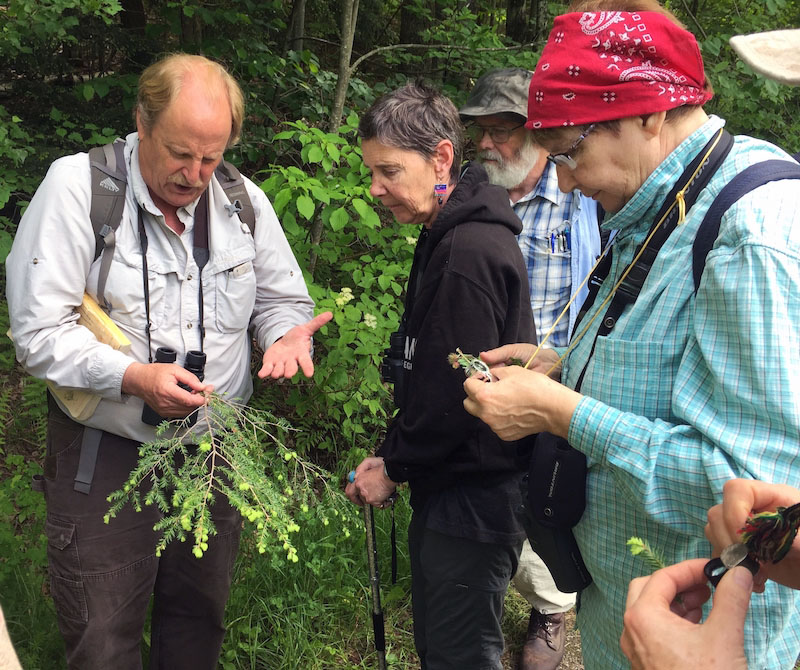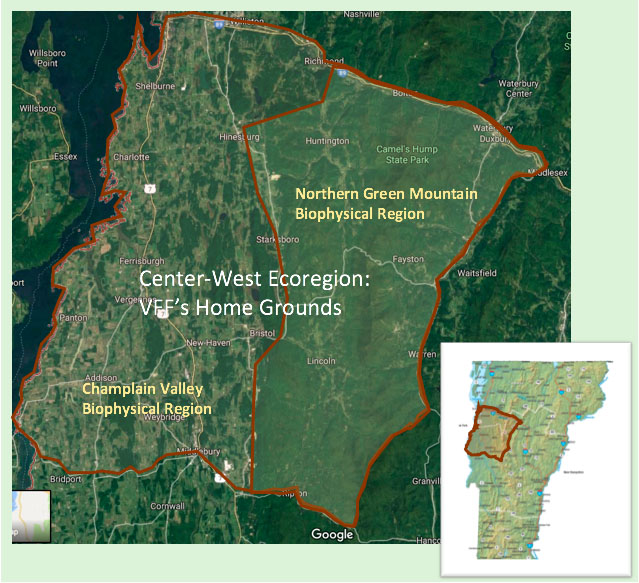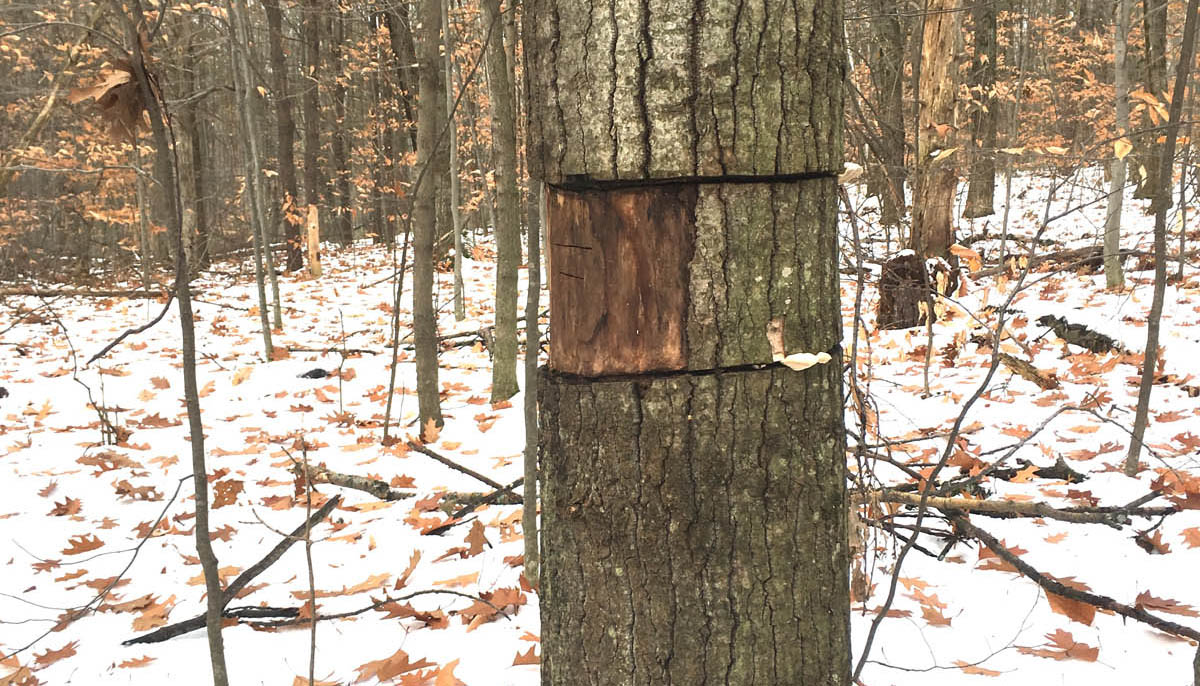
by David Brynn
This week I had the opportunity to fell and girdle large trees in a family forest in New Haven. The managed area is part of a 12-acre mesic maple-ash-hickory-oak forest community dominated by sugar maple, black and white birch, hardhack, and scattered old field white pines. This treatment was part of a cost-share practice funded through the Natural Resources Conservation Service (NRCS).
In his classic conservation essay, The Land Ethic, Aldo Leopold writes that “wilderness is the base-datum of normality—a picture of how a healthy ecosystem maintains itself.” Walk through almost any old growth, wild, untended northern forest and there will almost always be huge trees, lots of age class diversity, and many species of fungi and herbs. The streams most likely will be clear and highly oxygenated and the soils will be rich in humus. Species like sugar maple and basswood thrive under these conditions. Wildlife species richness is often highest under these conditions as well.
Two elements—large downed wood and standing dead snags—are key life boats that contribute to the health and biological diversity found in wild forests. The ecosystem services they provide are listed in David Lindenmayer and Jerry Franklin’s Conserving Forest Biodiversity:
- Substrates for the germination and development of plants
- Rich habitats for a wide variety of detritivores and decay organisms like mushrooms.
- Shelter for forest-dependent vertebrates
- Runways for the movement of terrestrial animals
- Enhanced structure that serves as hunting and resting perches
- Basking sites for reptiles and mammals
- Foraging sites for wildlife
- Hiding cover and habitat for fish and other aquatic organisms
- Slowing, spreading, and sinking storm flows
- Holding base cations
- Long-term source of energy and nutrients
- Sites for nutrient fixation
- Mesic refugia for many organisms during drought or fire
- Contributions to the heterogeneity of the litter layer and patterns of ground cover
Heavy wind disturbances that we receive in the northern forest often generate plenty of snags and large down wood. A late October 2017 wind storm in Lincoln did just that. However, there is a tendency to see these topped and wind-blown trees as a waste unless removed from the forest and utilized. In response to the October storm, one landowner put it this way: “I went right out and bought a saw and I am just cutting the dead wood and burning that in my wood stove.”
Vermont Family Forests encourages landowners to leave more of this wood in the forest. In addition, we encourage family forest owners to manage for at least four large and secure cavity and snag trees per acre and at least four large downed trees per acre.
Two great forest management practices to encourage standing dead snags and large downed wood are Tree Girdling and Drop & Chop Cutting respectively. At the New Haven forest, the NRCS had flagged four large trees in blue for treatment. These included three rough old sugar maples and one old field white pine. It would have been hard to find a place to fell them without taking out many trees we would like to grow. NRCS knew this and called for girdling them instead.
Using a small chainsaw, I cut two parallel rings about 6 inches apart to sever the bark, cambium, and a little of the sapwood. Using this method, materials stored in the roots can still be translocated to the crown, but fresh photosynthates are restricted from getting to the roots. Ideally, over several years, the trees will die slowly and cast off their branches a little at a time.
NRCS had marked four other trees—a huge declining aspen, a black birch and two weevilled pines—for felling. Using Game of Logging techniques—which help the feller place a tree exactly where he or she wants it to go—plus a Jonsered 16-inch chain-saw, two felling wedges, and a cruising axe, I felled the aspen, birch, and one of the pines across the land’s contour to slow, spread, and sink storm flows, to add spongy retreats for critters, and much more. To avoid damaging the residual stand [surrounding trees], I felled the other white pine straight downhill.
Tree Girdling and Drop & Chop Felling practices minimize negative impacts to the forest floor and the residual trees. The work can be done quickly and the associated costs are minimal. With a little training, many forest landowners can safely accomplish the work themselves. Best of all, the whole forest ecosystem can benefit by leaving the wood in the forest to rot and to work its many wonders.



